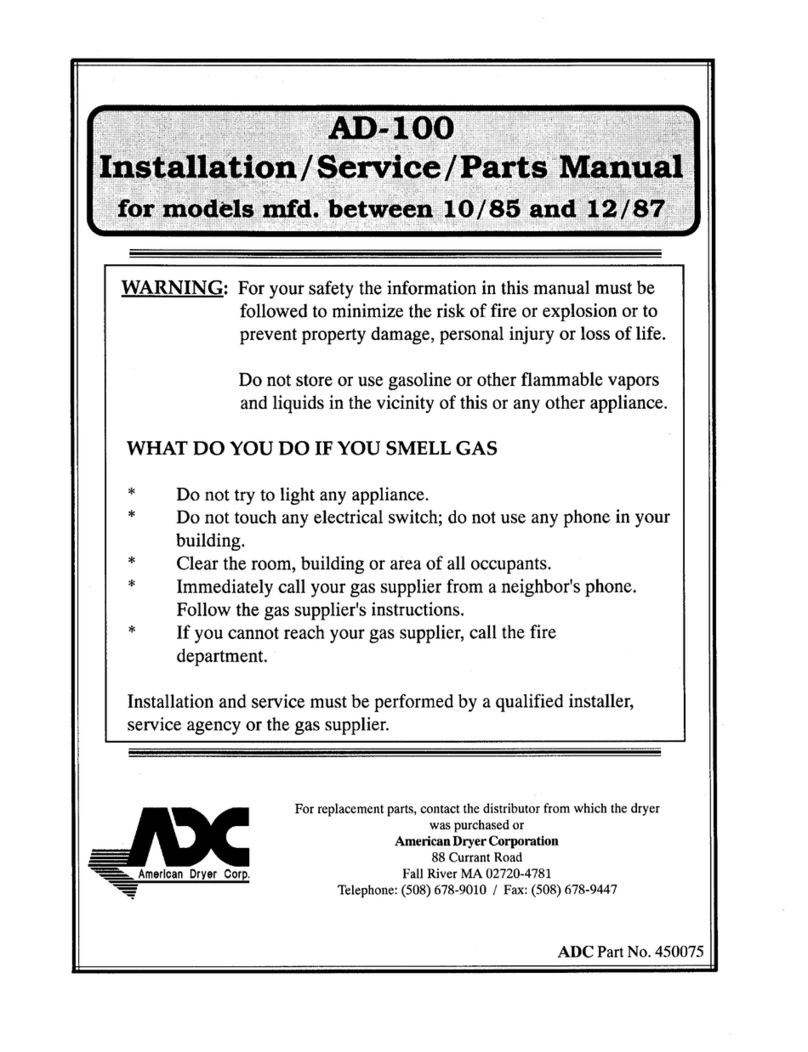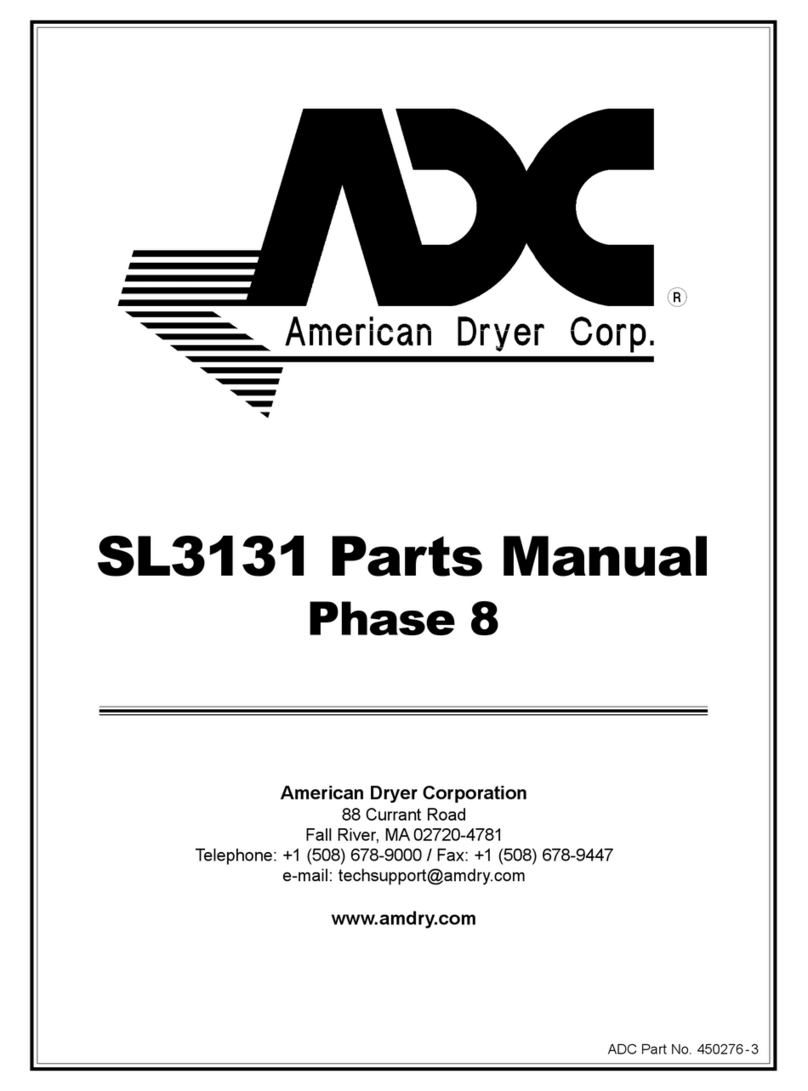American Dryer Corp. AD-24 Phase 7 User manual
Other American Dryer Corp. Dryer manuals

American Dryer Corp.
American Dryer Corp. PHASE 7 OPL User manual

American Dryer Corp.
American Dryer Corp. ML-130 II User manual

American Dryer Corp.
American Dryer Corp. ML-96 User manual

American Dryer Corp.
American Dryer Corp. ML-175 User manual

American Dryer Corp.
American Dryer Corp. HB76 User manual

American Dryer Corp.
American Dryer Corp. AD-385 Administrator Guide
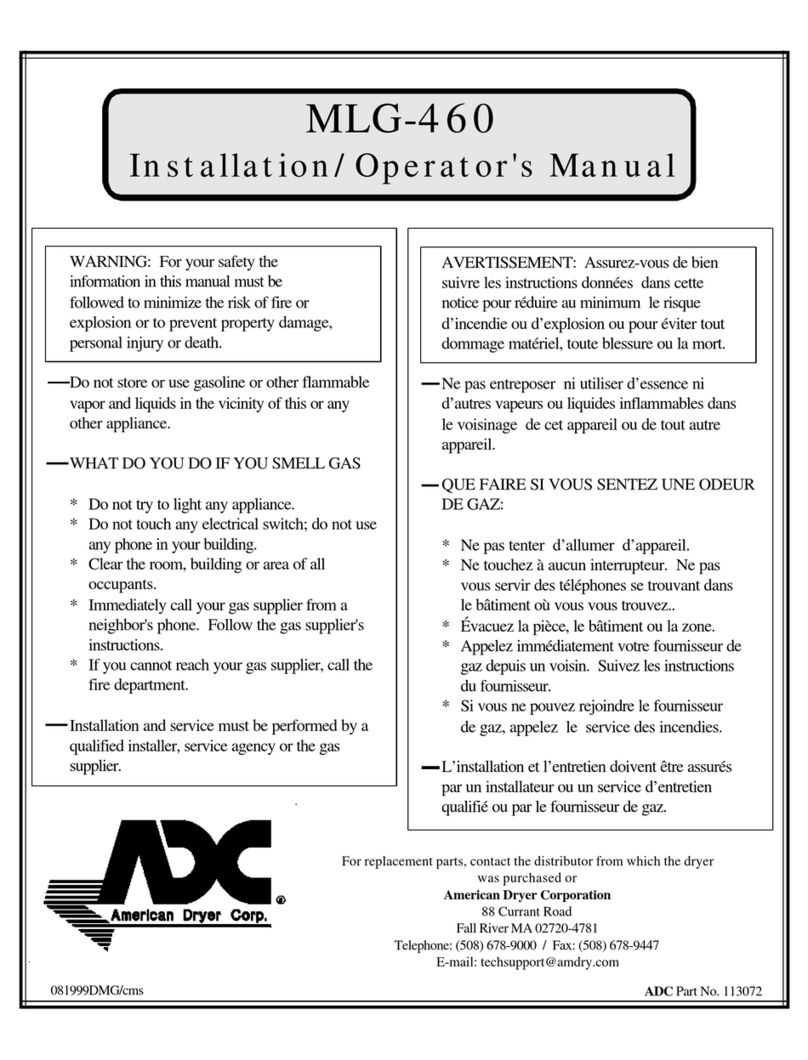
American Dryer Corp.
American Dryer Corp. MLG-460 Administrator Guide
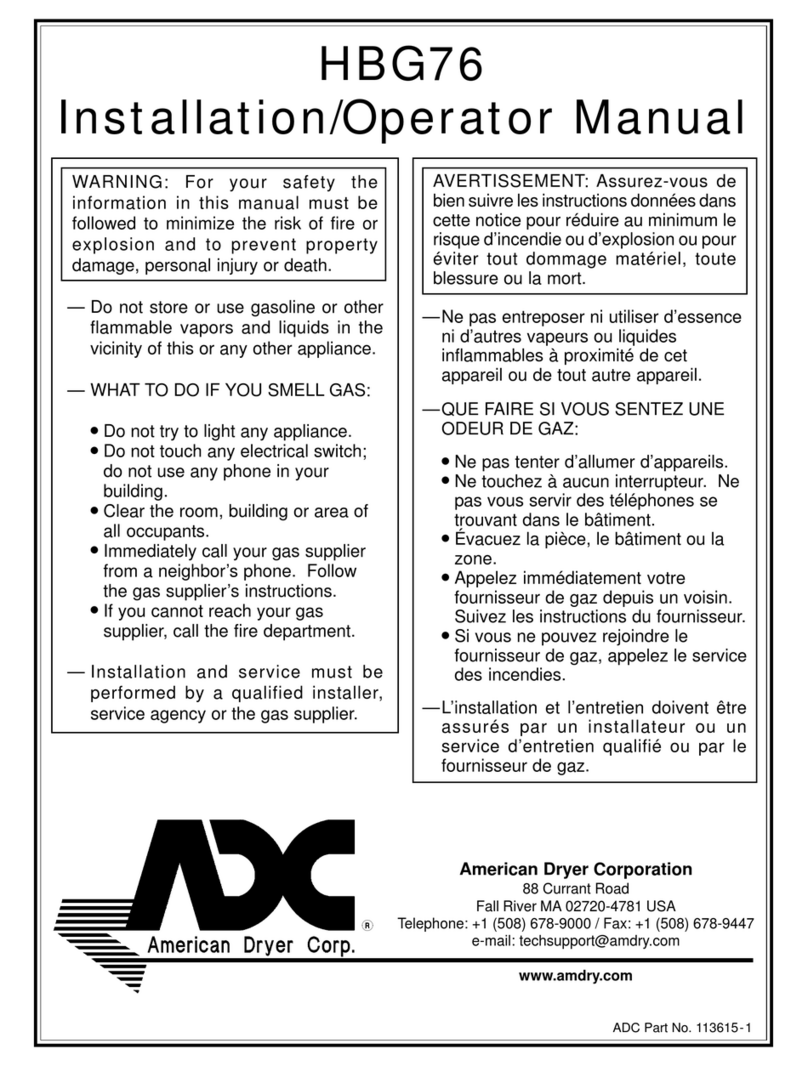
American Dryer Corp.
American Dryer Corp. HBG76 Administrator Guide
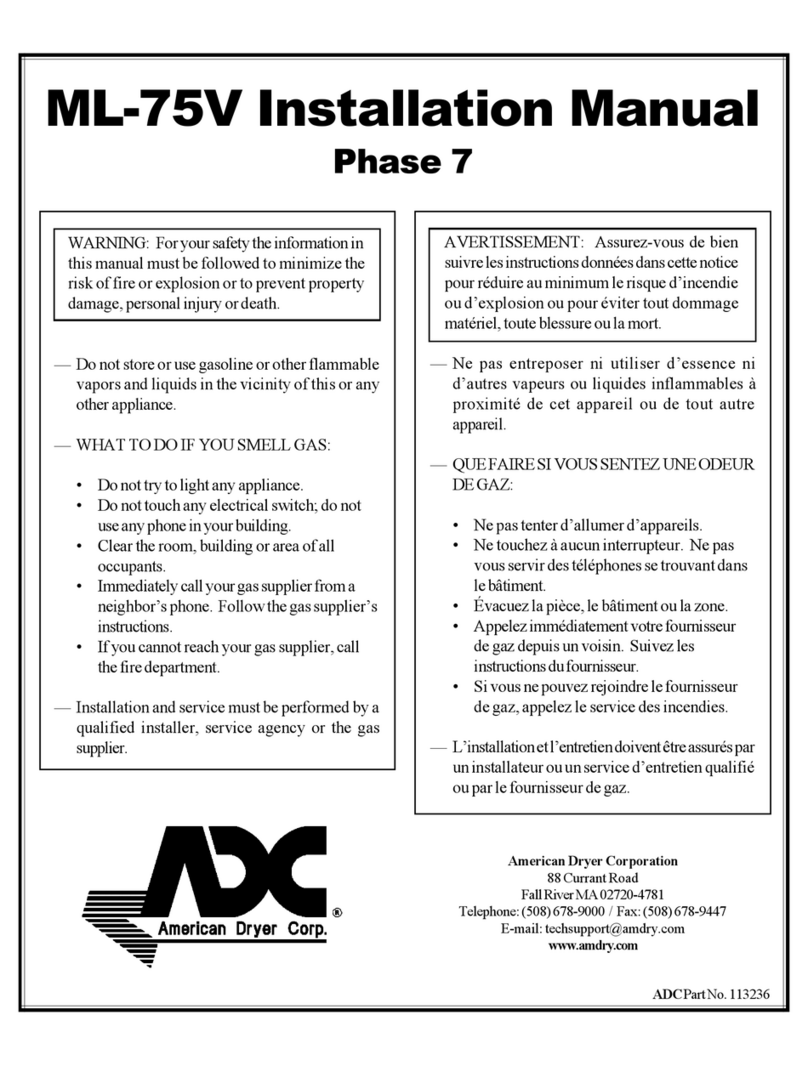
American Dryer Corp.
American Dryer Corp. ML-75V Phase 7 User manual

American Dryer Corp.
American Dryer Corp. AD-100 User manual

American Dryer Corp.
American Dryer Corp. AD-75T Administrator Guide
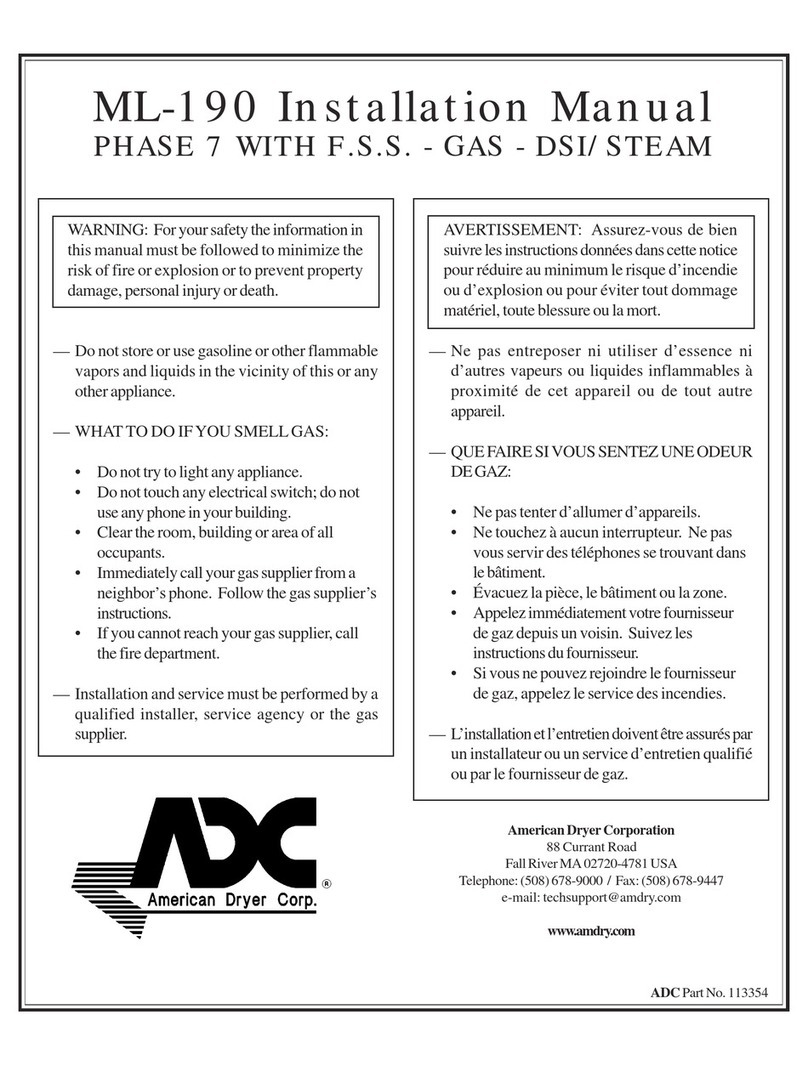
American Dryer Corp.
American Dryer Corp. ML-190 User manual
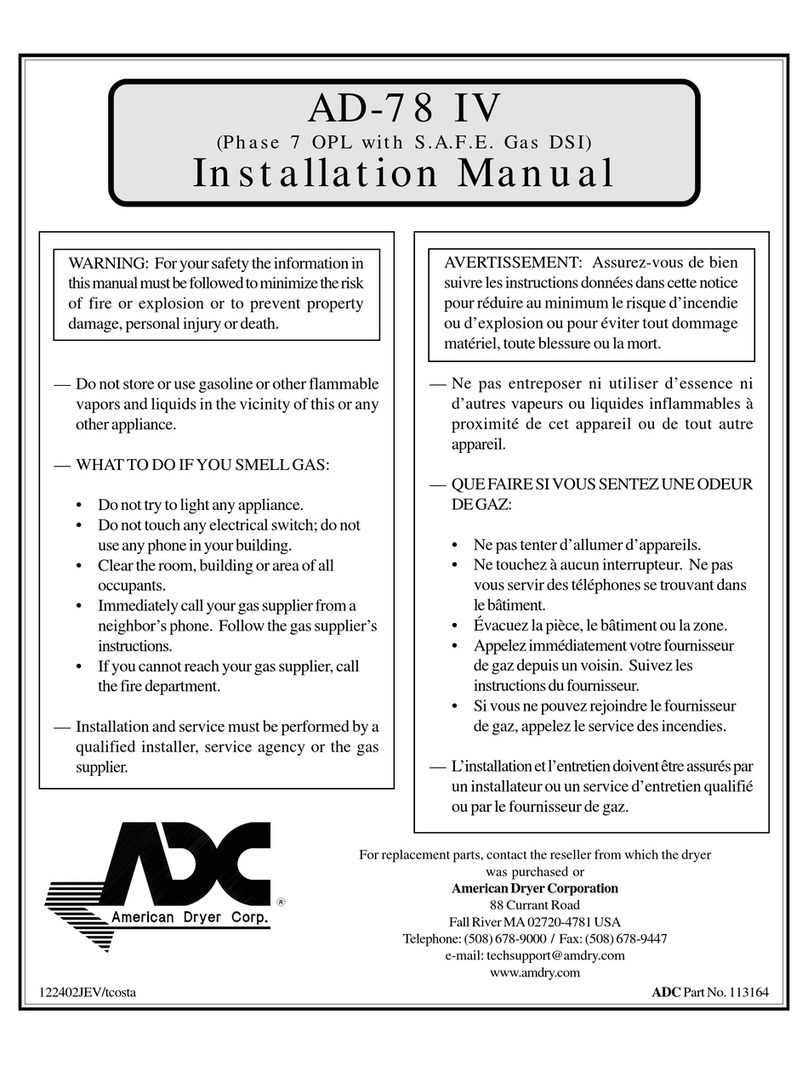
American Dryer Corp.
American Dryer Corp. Phase 7 OPL with S.A.F.E. Gas DSI AD-78 IV User manual

American Dryer Corp.
American Dryer Corp. AD-60 User manual
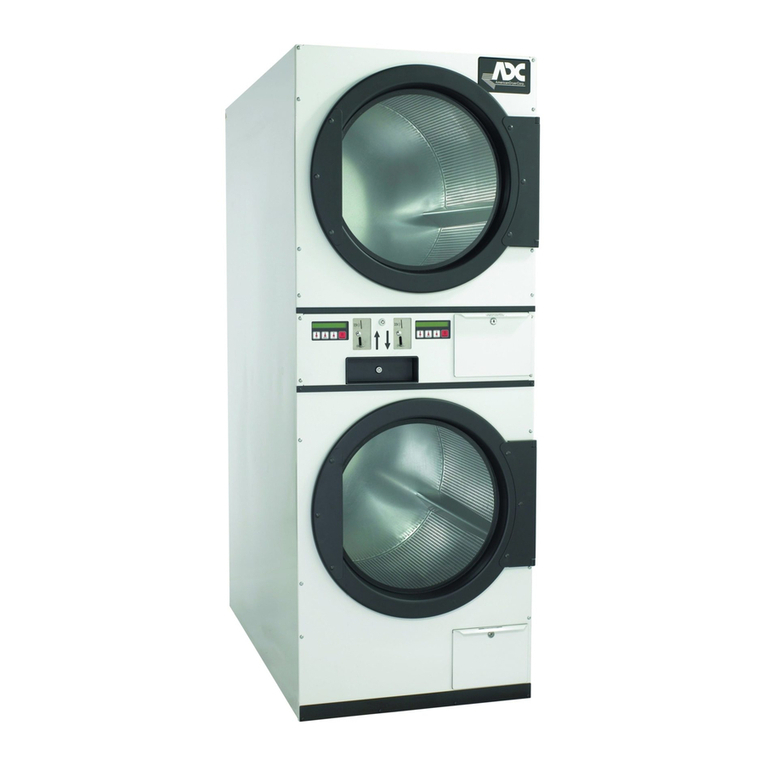
American Dryer Corp.
American Dryer Corp. AD-236 User manual
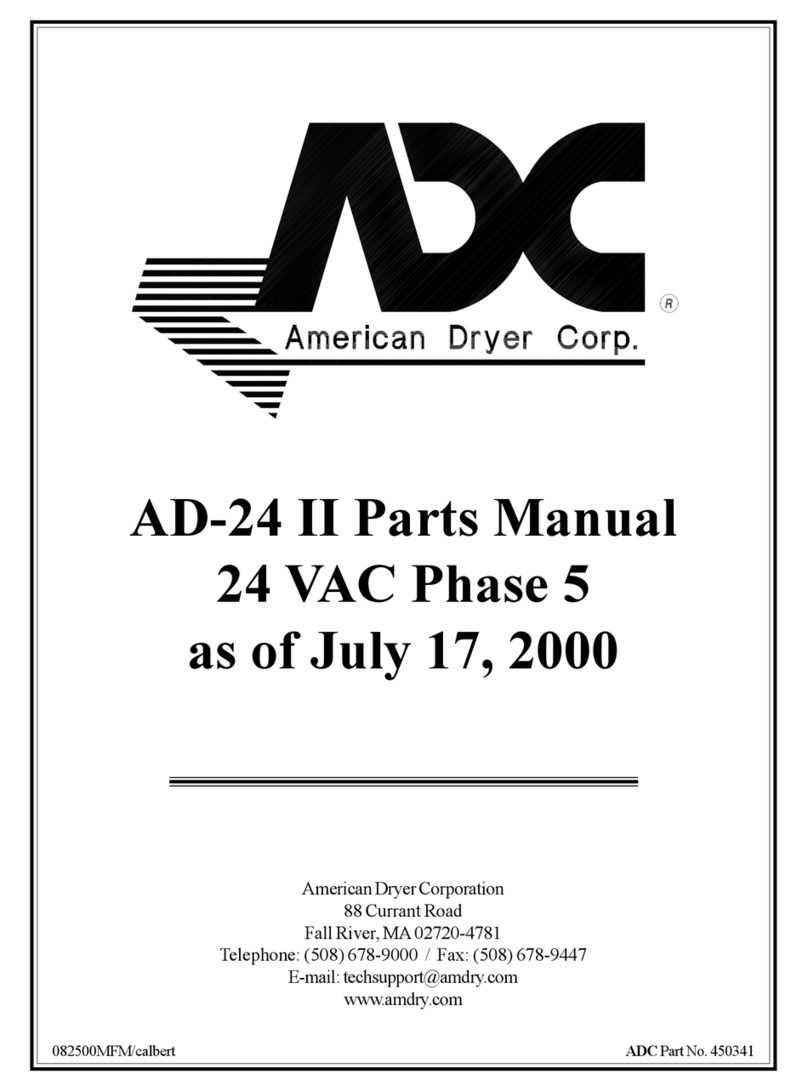
American Dryer Corp.
American Dryer Corp. AD-24 II User manual
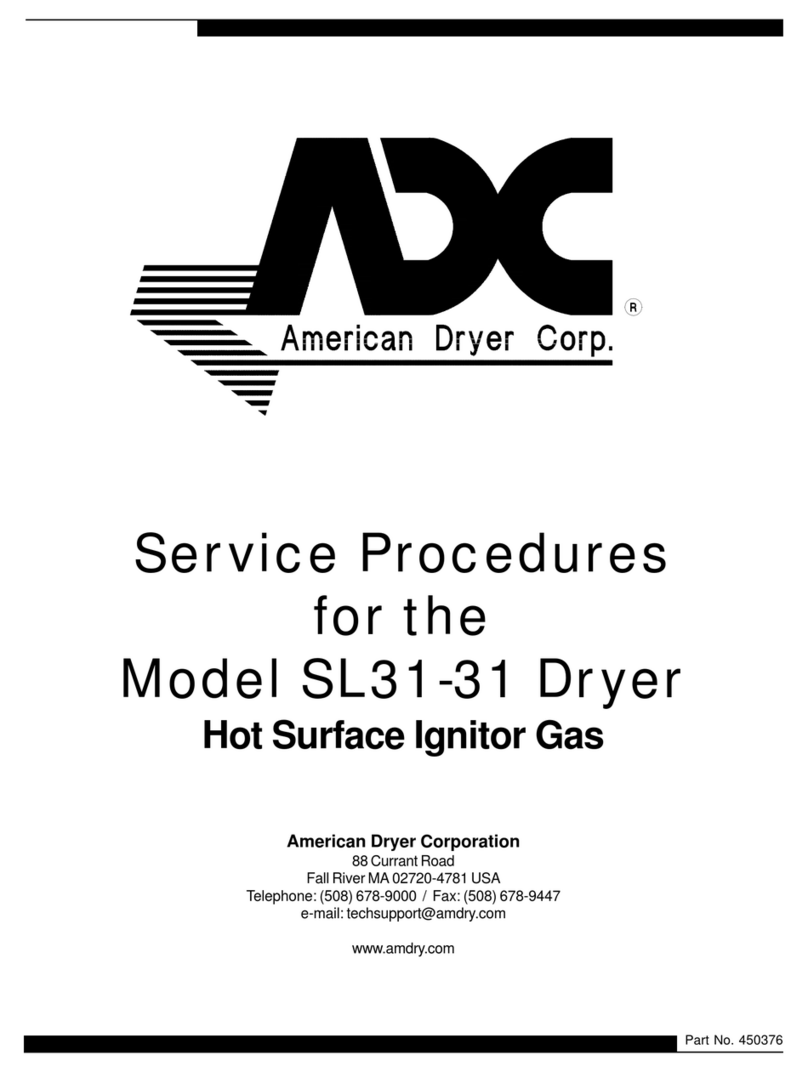
American Dryer Corp.
American Dryer Corp. SL31-31 Manual

American Dryer Corp.
American Dryer Corp. SL75 Manual
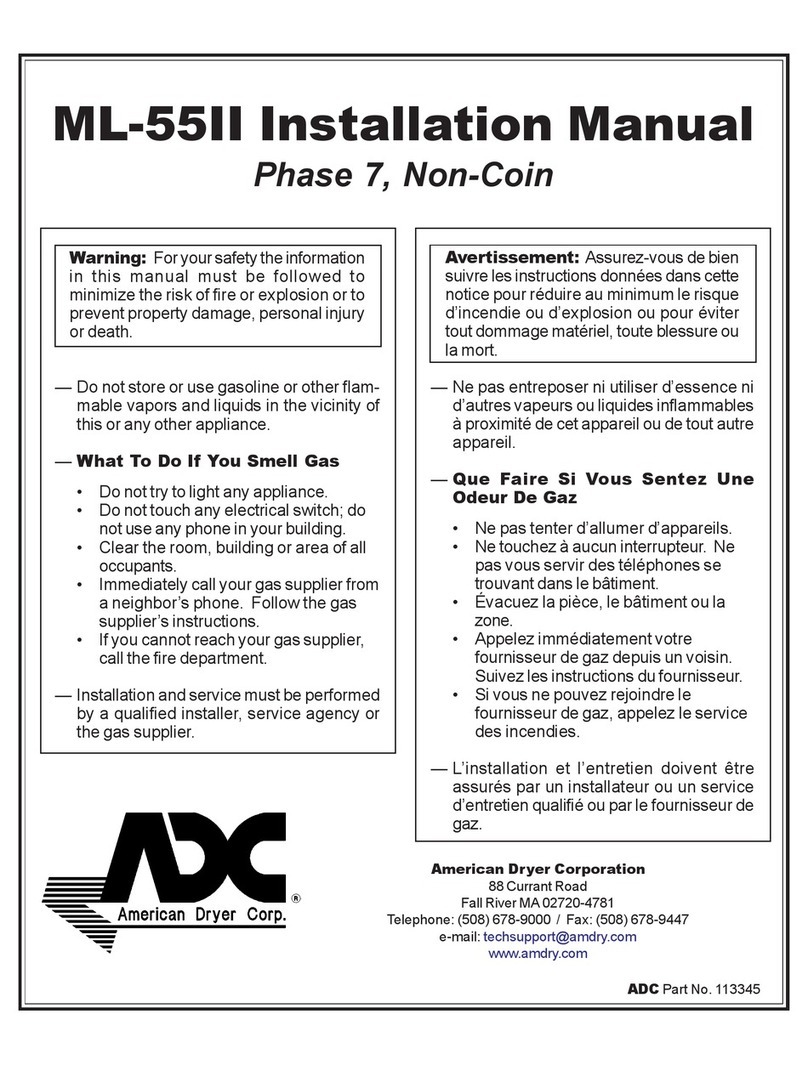
American Dryer Corp.
American Dryer Corp. ML-55II User manual

American Dryer Corp.
American Dryer Corp. AD-50V User manual
Popular Dryer manuals by other brands

ffuuss
ffuuss eos user manual

KitchenAid
KitchenAid 53-3498 installation instructions

Schulthess
Schulthess Spirit topLine TW 8340 operating instructions

Whirlpool
Whirlpool LGR4624BW0 parts list

World Dryer
World Dryer AirMax D M5-972A manual

Alliance Laundry Systems
Alliance Laundry Systems ADEE9BSS user guide
